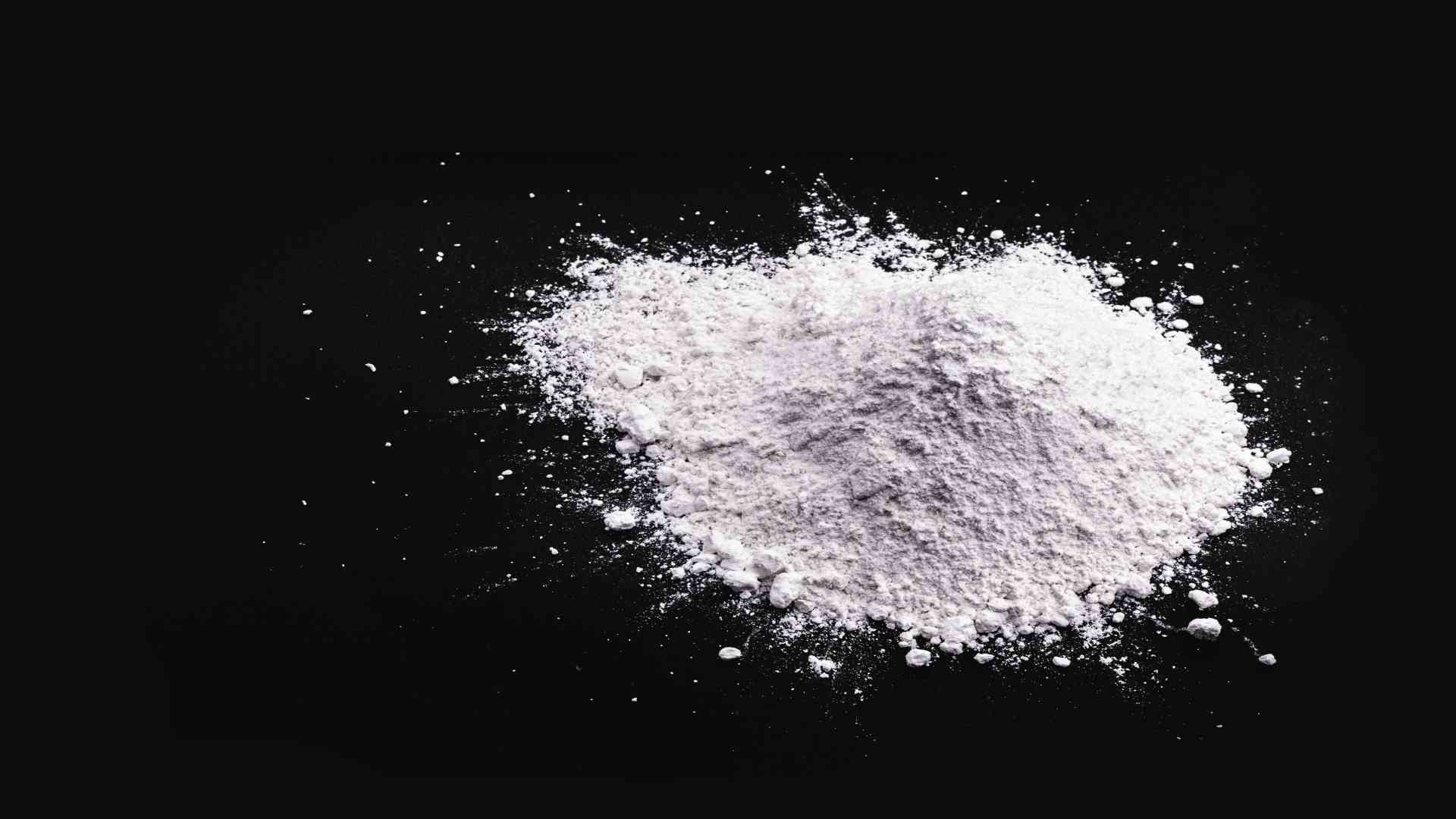Boron Reduces Fluoride Toxicity
Boron has been used as an effective way to reduce fluoride toxicity in the body. Fluoride is a toxic chemical that can cause severe health problems despite the best efforts of the WHO to provide recommended levels of fluoride intake by source.

Fluoride Toxicity
Source: MDPI
Recommended Fluoride Levels by the WHO
Fluoride is a naturally occurring mineral that is both “necessary” and “dangerous,” depending on the amount consumed. Although water with high levels of fluoride may be safe for humans, there are also dangers to the development of children’s brains.
A number of recent studies have raised concerns about the potential negative effects of fluoride. These studies show that fluoride can cause thyroid problems, ADHD, and lower IQs. However, there are still potential risks that could justify lowering fluoride levels.
While a new recommendation by the WHO is beneficial, it also has some limitations. People living in areas with high fluoride levels already have levels that are higher than the WHO Recommended Fluoride levels. In fact, The WHO recommends a fluoride level of drinking water of 0.5 to 1.0 mg/L for optimal oral health. Fluorosis can develop if the recommended dosage is exceeded.
Fluoride has often been used as a pesticide to kill cockroaches, and incidental ingestions have occurred when people mistook it for salt, sugar, or baking soda. However, with the introduction of alternative pesticides, the majority of current cases of fluoride toxicity are caused by excessive fluoride intake from mouthwashes and toothpaste.
Sources of Fluoride
Fluoride is a common ingredient in many over-the-counter medicines and vitamin supplements. It may also be added to water supplies for improving effectiveness, but people also use fluoride as an ingredient in household products like toothpaste or mouthwash with varying concentrations.
Symptoms of Fluoride Poising
Symptoms of fluoride include abdominal pain, diarrhoea, drooling, eye irritation, headache, irregular heartbeat, nausea, vomiting, shallow breathing, tremors, and weakness.
Fluoride Toxicity in Animals
The most common source of excess fluoride intake for animals is drinking water. Fluoride compounds used in domestic and agricultural applications, fodder and grasses contaminated with industrial fluoride emissions or volcanic ash, low quality mineral mixtures and feed supplements are other sources of high fluoride intake for animals.
Fluorosis in grazing animals may also be caused by soluble fluoride-rich soil, especially when growing vegetation is limited. Airborne fluoride toxicity is uncommon, while oral fluoride intake remains the most common way of excess fluoride consumption.
Water fluoride levels as low as 1.5 ppm can cause chronic fluoride poisoning in several species, while the research suggests that most domestic animals have higher water fluoride tolerance levels. In various countries, volcanic ash-contaminated grassland has been linked to mortality outbreaks in grazing animals.
Boron Reduces Fluoride Toxicity in Animals
Animals suffering from acute toxicosis can be given calcium gluconate and magnesium hydroxide or milk orally to reduce fluoride consumption, although the diagnosis may be poor if an enormous amount of fluoride is consumed. Fluoride toxicity treatment becomes ineffective once the symptoms of chronic fluorosis start to appear.
Supplementation with aluminium salts, calcium carbonate, or boron minimises absorption and increases excretion. Supplements and mineral mixes with a fluoride level of less than 1% are advised for food-producing animals.
The development of chronic fluorosis can be slowed by limiting fluoride exposure in young or pregnant animals. Filtered or bottled water, if available, can help to limit exposure to drinking water.
Study of Boron to Reduce Fluoride Toxicity in Buffaloes
A 2008 study on the accumulation of fluorides in buffaloes found that boron supplements can lower the effects of fluorine toxicity in animals. It is well known that an excessive amount of fluoride can have harmful effects on many tissues and organs, causing serious harm to animal health. The goal of this study was to see if boron has a good effect on nutrient consumption in buffalo calves provided a high fluoride (F) diet. 3 groups of 4 male Murrah buffalo calves (aged 6-8 months each) were used for this purpose.
Only the basic diet and concentrate mixture was given to the control animal. The treatment I animals were fed a base diet, a concentrated mixture, and F [as NaF, 60 ppm dry matter (DM)]. The animals in treatment II were fed a basic diet, concentrate mixture, F (as NaF, 60 ppm of DM), and B (as sodium tetraborate, 140 ppm of DM). After 90 days of experimental feeding, a 7-day metabolic trial was done to examine the treatment’s effect on nutrient consumption.
The findings suggest that boron supplementation improves dry matter intake, faecal excretion, and the per cent of absorbed F excreted via urine while decreasing apparent digestibility, absorption, and retention of F.
Is Fluorine Toxic To Humans?
Fluoride is an essential element in our bodies. When used properly, it can enhance the oral health of infants and children. However, if taken in excess or misused, it can cause serious problems. Children under three years old should avoid taking any form of fluoride. Parents should encourage their children to avoid drinking sugary drinks.
Fluoride-containing toothpaste is dangerous for young children. Children who swallow too much fluoride may develop serious health problems. Water supplies vary in fluoride levels, so doctors should test patients’ water before giving them fluoride pills. Dentists should know how much fluoride is in local water supplies before recommending fluoride supplements.
Boron Reduces Fluorine in Humans
According to a recent article on fluorine in humans in Borates Today, boron helps to neutralise fluoride toxicity by building stable complexes with the mineral. Boron is a mineral that binds to fluoride in the body and eliminates it naturally. It can also help with liver, cardiovascular, and bone health, as well as metabolic disorders like diabetes.





